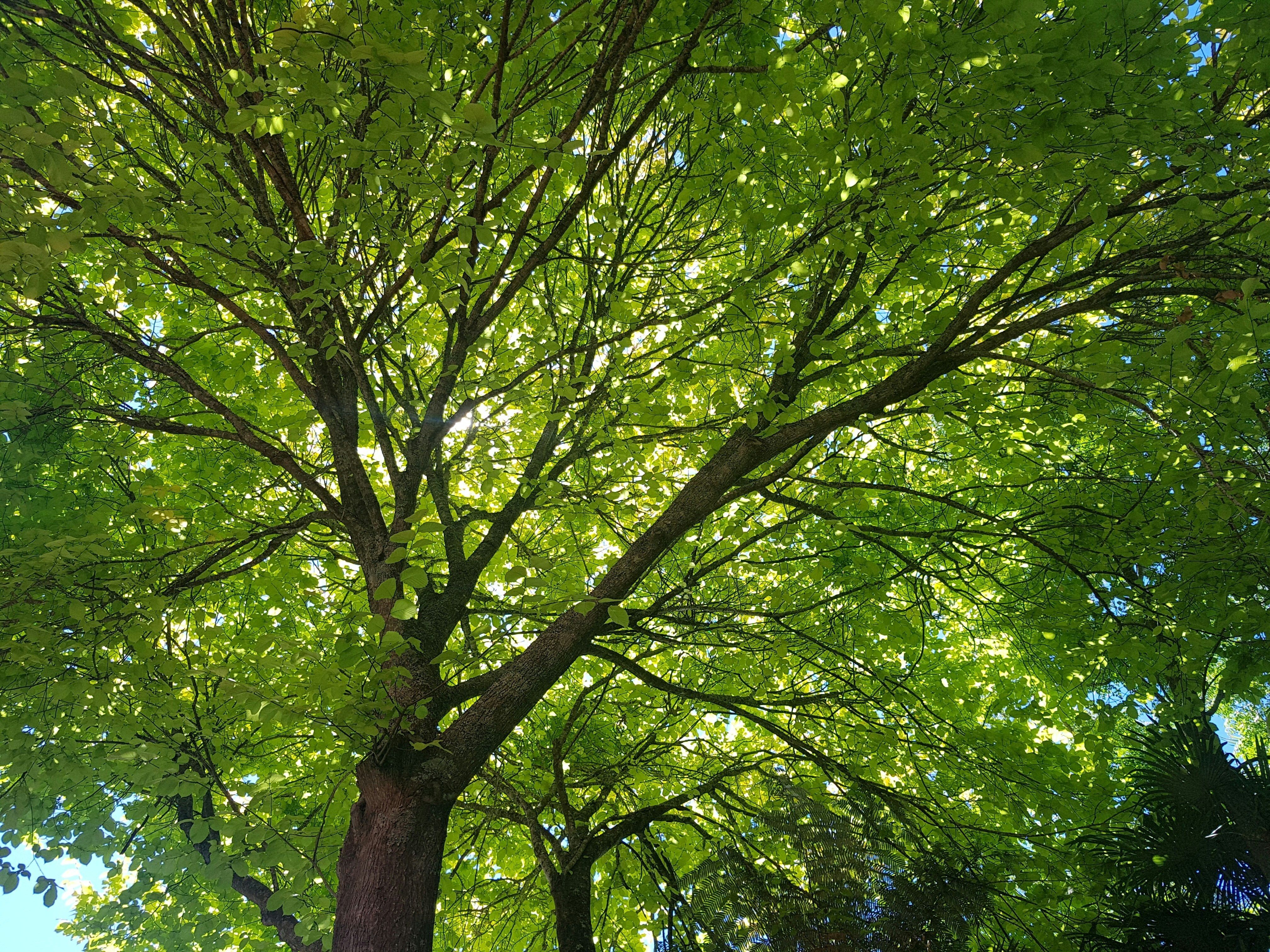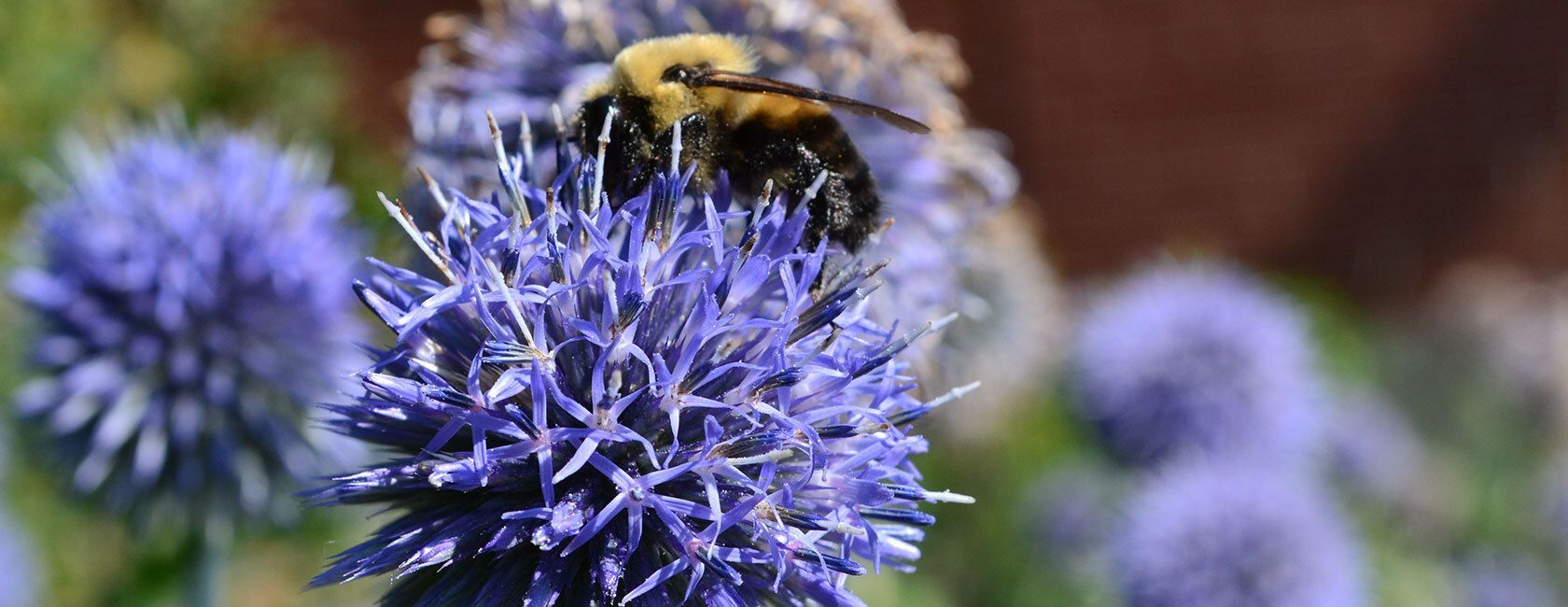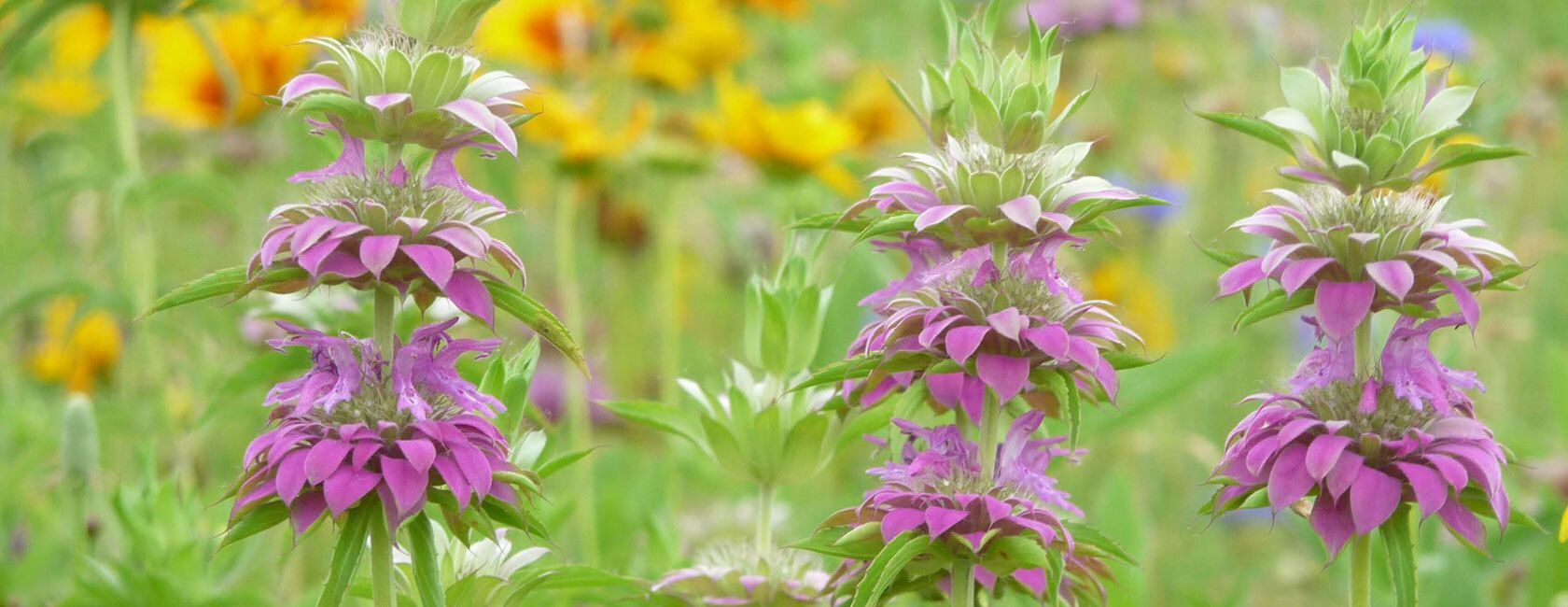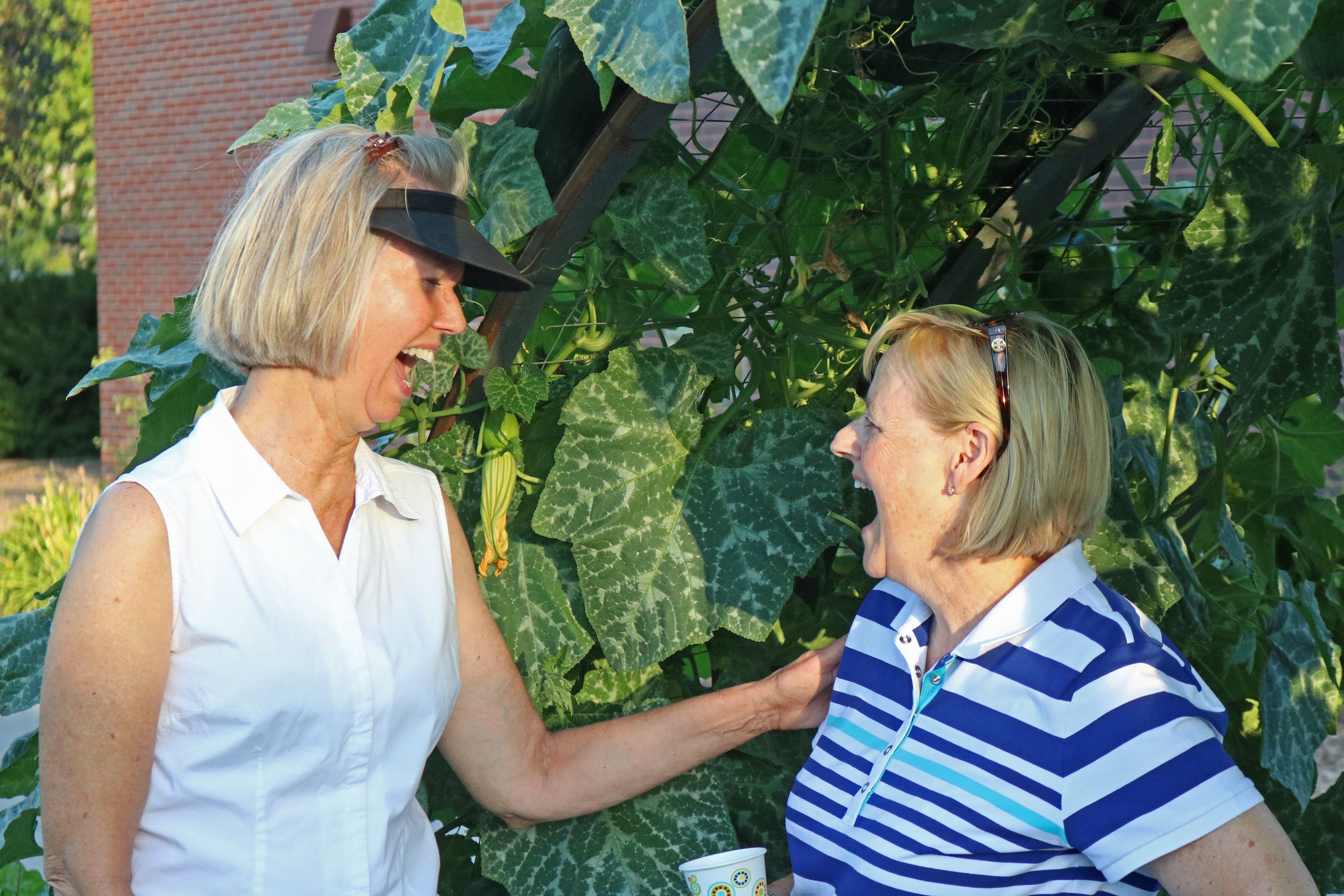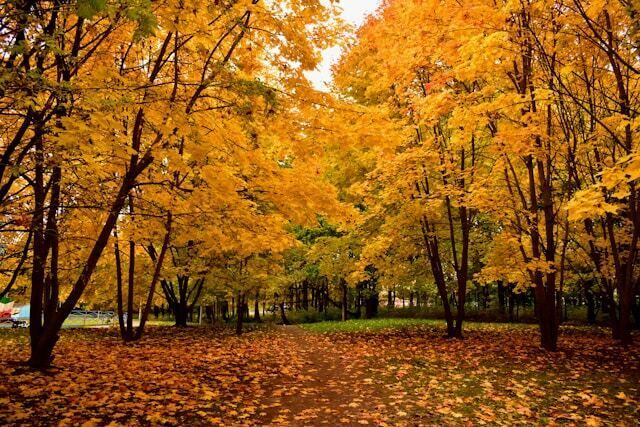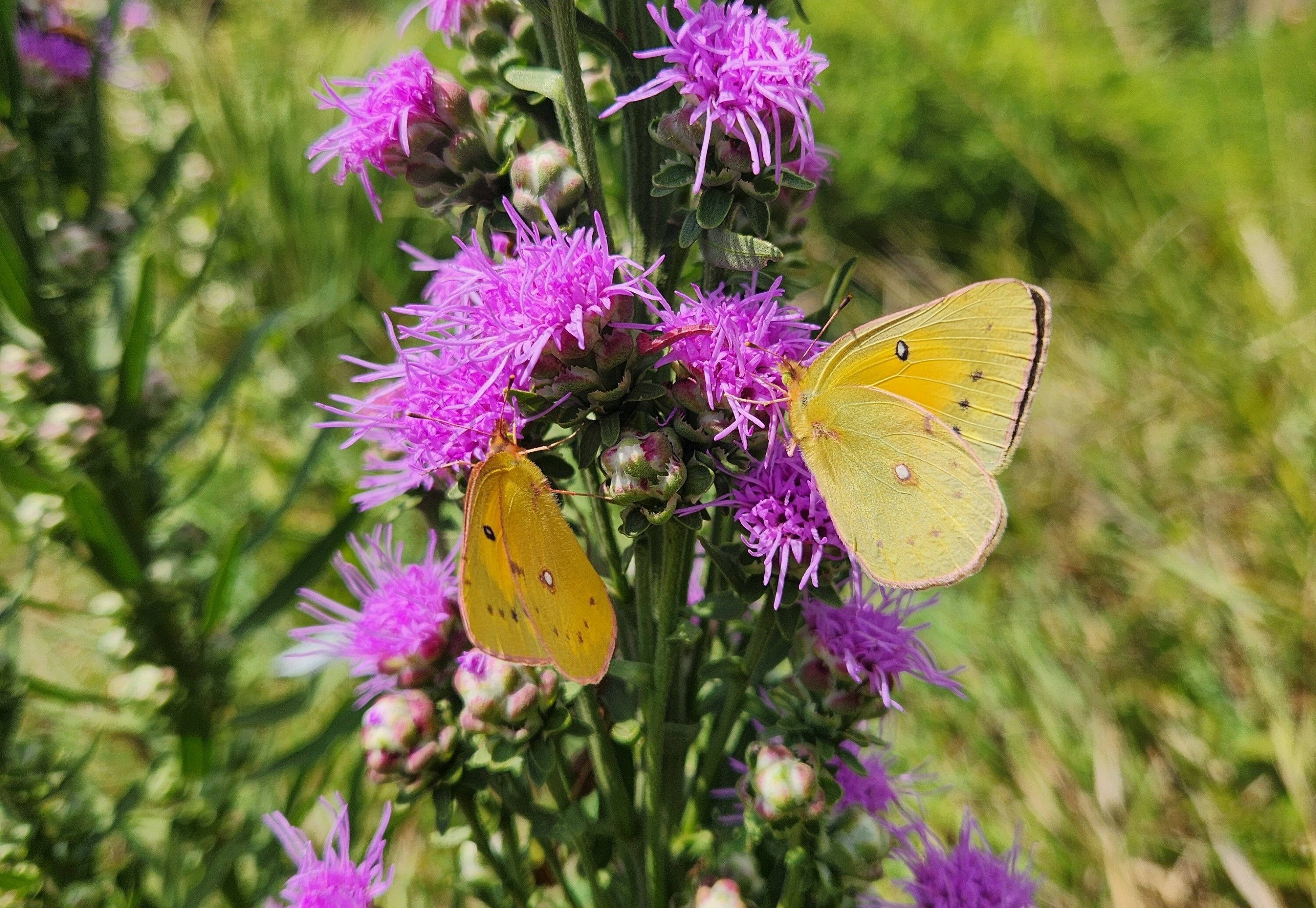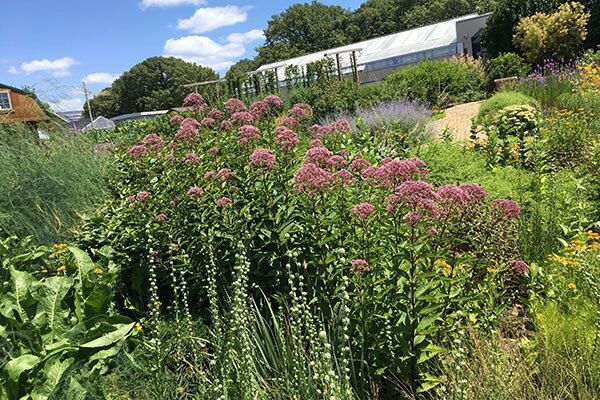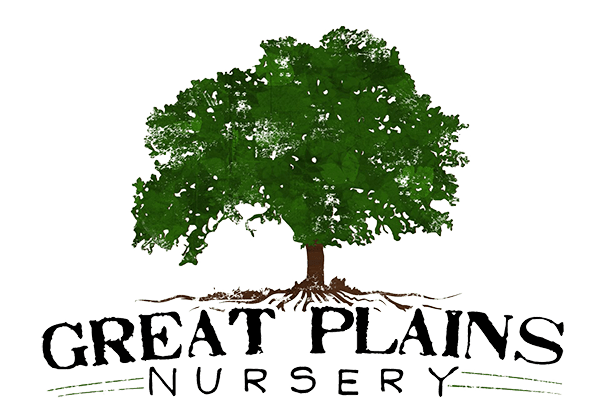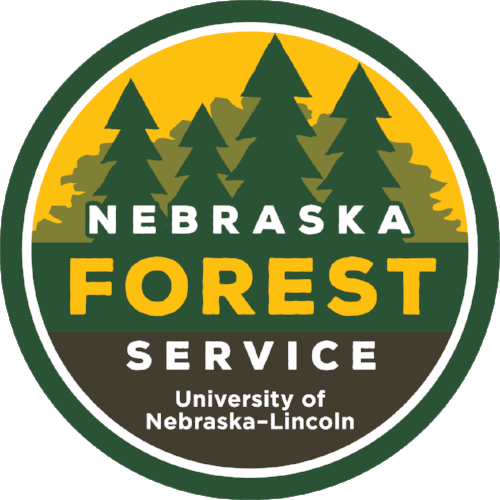
Pictured clockwise from top left: Helen's flower, aromatic aster, dotted blazing star, Joe Pye plant, 'Wichita Mountains' goldenrod and hoary vervain
Fall is finally and mercifully just around the corner, which means you might be thinking about ways to integrate more autumn color into your yard or garden. We have six fall-blooming pollinator perennials for you to try.
Dotted Blazing Star (Liatris punctata)
With its long taproot and preference for well-drained, sandy soils and full sun, dotted blazing star is a good drought-tolerant pick for the late summer/fall garden. Its tufted, purple flowers on slender, wand-like stems attract many pollinators, including monarch butterflies and hummingbirds. Dotted blazing star grows to a height of two feet.
Aromatic Aster (Symphyotrichum oblongifolium)
One of the last wildflowers to bloom, aromatic aster stays loaded with blue-purple, daisy-like flowers well into late autumn (often until mid-November). A robust pollinator, it attracts long-tongued and short-tongued bees, small to medium-sized butterflies and skippers, as well as larvae of the silvery checkerspot butterfly, which feeds on its foliage. Aromatic aster is an easily grown, resilient plant that is tolerant of drought and poor soils. It grows to a height of one to three feet.
Hoary Vervain (Verbena stricta)
Known for its long bloom time (July-September), hoary vervain—also sometimes called hoary verbena—has spikey, lavender flowers (occasionally pink or white) that bloom from the bottom up. This perennial tends to grow in clumps with flower stalks typically growing to a height of two feet (but can sometimes reach up to six feet). It prefers full sun and dry, sandy soils and is very drought tolerant. Hoary vervain attracts native bees and butterflies and is the larval host for the common buckeye butterfly.
Helen’s Flower (Helenium autumnale)
Another long-blooming (August through mid-October) perennial, Helen’s flower offers a vibrant explosion of color in the late-season garden. Yellow, orange and maroon notched petals give the blossoms the appearance of a ruffled skirt and attract bees, wasps, syrphid flies and butterflies in droves. Helen’s flower also goes by the common name sneezeweed, not because it causes allergies but because its dried leaves were once used to make snuff, which, when inhaled, caused sneezing that was thought to rid the body evil spirits. Helen's flower can grow to a height of up to five feet.
‘Wichita Mountains’ goldenrod (Solidago ‘Wichita Mountains’)
A great addition to the fall garden, Wichita Mountains goldenrod’s tall plumes of tiny, yellow daisy-like flowers bloom from late summer to the first frost. Tolerant of drought and poor, dry soils, Wichita Mountains is easily grown and does particularly well in full sun. If you are worried your allergies will flare up with goldenrod in your yard, there’s no need to fret; wind-borne pollen from ragweed is actually to blame for your hay fever! Wichita Mountains goldenrod matures at a height of two to three feet.
Joe Pye Weed (Eupatorium purpureum)
Easily grown in average, medium-moisture soils in full sun to part shade, Joe Pye weed (or Joe Pye plant, as we prefer to call it) thrives best when it’s not allowed to dry out. With a long bloom time (July-September), Joe Pye’s tiny, mauve flowers are attractive to many pollinators. However, plan to plant this one in the back of the garden; it grows to a height of 4 to 7 feet (or consider its shorter cousin, Eupatorium dubium 'Little Joe').

